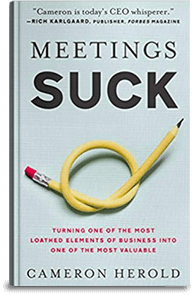Active listening isn’t just about hearing words—it’s about fully engaging with the person speaking, understanding their message, and responding thoughtfully. It’s a skill that separates good leaders from great ones, and it’s essential for building trust, fostering collaboration, and driving success in any organization. Let’s break down what active listening really means and why it’s so powerful.
What Is Active Listening?
Active listening is the practice of giving your full attention to the speaker, not just to hear their words but to truly understand their perspective. It’s about being present in the moment, setting aside distractions, and focusing entirely on the conversation. This means listening not just with your ears but with your eyes and your mind—paying attention to tone, body language, and the emotions behind the words.
Unlike passive listening, where you might nod along while your mind drifts elsewhere, active listening requires intentional effort. It’s about making the speaker feel heard, valued, and understood, which is a game-changer in both personal and professional relationships.
The Core Elements of Active Listening
To master active listening, you need to focus on a few key elements:
- Be Present: Put away your phone, close your laptop, and eliminate distractions. Show the speaker that they have your undivided attention.
- Ask Open-Ended Questions: Encourage the speaker to elaborate by asking questions that can’t be answered with a simple “yes” or “no.” For example, instead of asking, “Did you like the project?” ask, “What did you think about the project?”
- Paraphrase and Summarize: Repeat back what you’ve heard in your own words to confirm your understanding. For instance, “So, what you’re saying is that the timeline feels too tight—did I get that right?”
- Avoid Interrupting: Resist the urge to jump in with your thoughts or solutions. Let the speaker finish their point before you respond.
- Pay Attention to Nonverbal Cues: Notice the speaker’s body language, facial expressions, and tone of voice. These can provide valuable insights into their emotions and intentions.
Why Active Listening Matters
Active listening is a cornerstone of effective leadership because it builds trust and strengthens relationships. When people feel genuinely heard, they’re more likely to open up, share ideas, and collaborate. This creates a culture of transparency and mutual respect, which is essential for any high-performing team.
It also helps leaders make better decisions. By fully understanding the perspectives and concerns of others, you can address issues more effectively and find solutions that work for everyone. Plus, active listening fosters innovation by encouraging diverse viewpoints and creative problem-solving.
Practical Tips for Becoming an Active Listener
If you want to improve your active listening skills, start by practicing mindfulness. Focus on being fully present in conversations and resist the urge to multitask. Use techniques like paraphrasing and asking clarifying questions to deepen your understanding. And most importantly, approach every conversation with curiosity and empathy—listen to learn, not just to respond.
Conclusion
Active listening is more than a communication skill—it’s a leadership superpower. By mastering the art of truly hearing and understanding others, you can build stronger relationships, foster collaboration, and drive better outcomes for your team and organization. So, the next time you’re in a conversation, remember: listen with intention, respond with empathy, and watch the magic happen.




